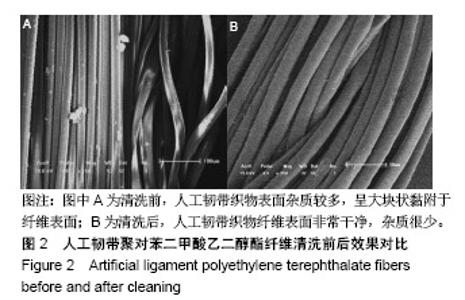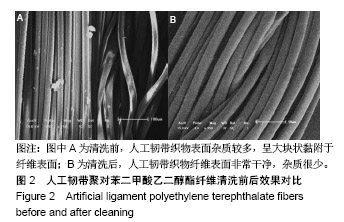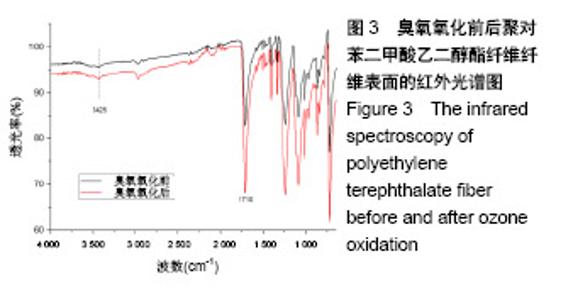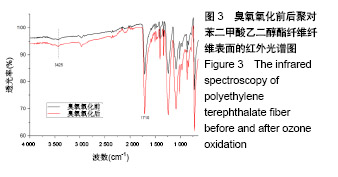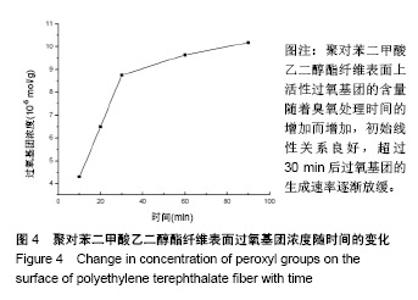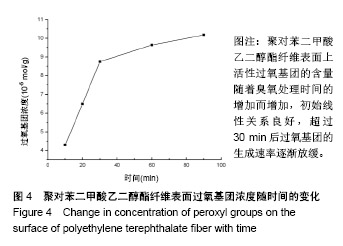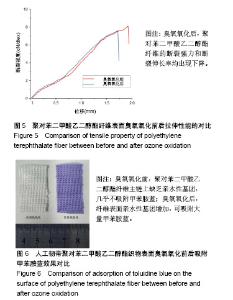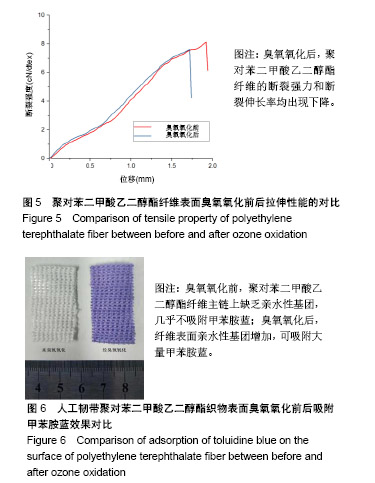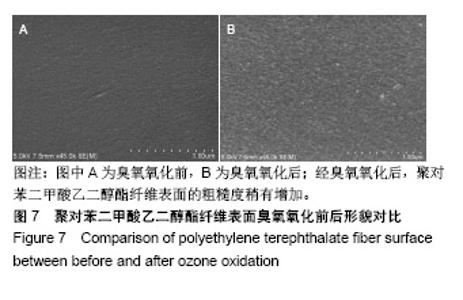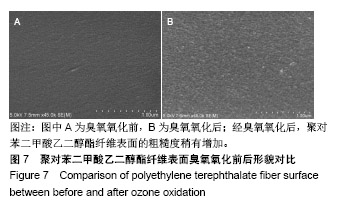| [1]Batty LM,Norsworthy CJ,Lash NJ,et al.Synthetic devices for reconstructive surgery of the cruciate ligaments: a systematic review. Arthroscopy.2015;31(5):957-968.[2]侯立刚,杨建义.人工韧带生物材料修复膝关节交叉韧带损伤:问题及前景[J].中国组织工程研究,2016,20(8):1196-1202.[3]Baur E,Ruhrberg K,Woishnis W.Chemical Resistance of Commodity Thermoplastics. Elsevier Science,2016:713-757.[4]陈天午,蒋佳,陈世益.人工韧带的临床应用现状及进展[J].宁夏医学杂志,2016,38(8):673-676.[5]于金泽,陈莹,杨庆斌,等.丙烯酸和胶原蛋白对PET的表面改性研究进展[J].纺织学报,2014,35(7):152-157.[6]孙晶,王瑞,王文良,等.LARS人工韧带材料表面接枝壳聚糖改性研究[J].纺织导报,2018,36(12):73-76.[7]盛旦丹,艾承冲,蔡江瑜,等.羟基磷灰石/明胶涂层PET人工韧带对骨愈合的影响[J].中国运动医学杂志,2018,37(5):400-405.[8]张弛,蒋垚.纤维连接蛋白表面修饰对促进新型PET材料人工韧带(LARS)细胞黏附的实验研究[J].生物骨科材料与临床研究, 2009,6(5):16-20.[9]Chen WY, Matthews A,Jones FR, et al.Immobilization of Carboxylic Acid Groups on Polymeric Substrates by Plasma-enhanced Chemical Vapor or Atmospheric Pressure Plasma Deposition of Acetic Acid.Thin Solid Films. 2018; 666:54-60.[10]程果.臭氧处理接枝改性PET薄膜化学镀铜的研究[D].广东:广东工业大学,2013:23-28.[11]Atsushi S, Kyosuke F, Hironobu W, et al. Anterior cruciate reconstruction with bioactive Leeds-Keio ligament (LKII): preliminary report.J Long Term Eff Med Implants. 2006; 16(1):41-49.[12]王春丽,刘鹏波,范萍,等.臭氧处理对聚酯非织造布结构与性能的影响[J].高分子材料科学与工程,2010,26(3):79-81.[13]谢波,李忠,张忠杰,鲁晓波,等.关节镜下人工韧带重建前交叉韧带的临床研究[J].重庆医学,2016,45(28):3937-3939.[14]郭珊珊,沈为,陈南梁,等.人工韧带织物杂质的清洗方法研究[J].产业用纺织品,2010,28(12):29-32.[15]贝尔纳?布吕莱,雅克-菲利浦?拉布罗,韦罗妮克?米戈内,等.仿生人工韧带及其制备方法.CN1777450[P].2006.[16]Rashid AN,Tsuru K,Ishikawa K.Effect of calcium-ozone treatment on chemical and biological properties of polyethylene terephthalate.J Biomed Mater Res B Appl Biomater. 2015;103(4):853-860.[17]周冕.基于臭氧化反应的通用高分子材料高性能化的研究[D].成都:四川大学,2005:21-35.[18]Ciobanu M,Siove A,Gueguen V,et al.Radical graft polymerization of styrene sulfonate on poly(ethylene terephthalate) films for ACL applications: "grafting from" and chemical characterization.Biomacromolecules. 2006;7(3): 755-760.[19]袁幼菱,艾飞,臧晓鹏,等.臭氧化法在高分子生物材料表面改性中的应用[J].化学通报,2002,65(12):814-818.[20]季先进.PET纤维常用的添加剂[J].聚酯工业,2014,27(3):1-4.[21]王星.表面改性PET韧带材料的清洗消毒及PET骨结合研究[D].西安:第四军医大学,2014:31-39.[22]Ferreira L,Evangelista MB, Martins MCL, et al. Improving the adhesion of poly(ethylene terephthalate) fibers to poly(hydroxyethyl methacrylate) hydrogels by ozone treatment: Surface characterization and pull-out tests. Polymer. 2005;46(23):9840-9850.[23][Middleton J,Burks B,Wells T,et al.The effect of ozone and high temperature on polymer degradation in polymer core composite conductors. Polym Degrad Stab. 2013; 98(11): 2282-2290.[24]张荣,裴学良,席先锋,等.臭氧改性碳纤维/聚酰亚胺复合材料的制备与性能研究[J].玻璃钢/复合材料,2019,46(3):21-25.[25]Publishing WA.Poly(ethylene terephthalate) Based Blends, Composites And Nanocomposites. William Andrew, 2015: 15-39.[26]Ramachandran B,Chakraborty S,Dixit M,et al.A comparative study of polyethylene terephthalate surface carboxylation techniques: Characterization, in vitro haemocompatibility and endothelialization.React Funct Polym.2018;122:22-32.[27]刘东波,沙鹏.运动性膝关节交叉韧带损伤:重建生物材料的选择[J].中国组织工程研究,2012,16(38):7169-7176.[28]梅洪亮.复合型GO/PET人工韧带支架材料的制备和性能研究[D].天津:天津医科大学,2017:9-20.[29]刘章拴.医用聚氨酯材料表面抗凝及抗菌的光辐照改性研究[D].广州:华南理工大学,2018:15-35.[30]Prudkovskiy VS, Katin KP, Maslov MM,et al.Efficient cleaning of graphene from residual lithographic polymers by ozone treatment.Carbon.2016;109:221-226. |
